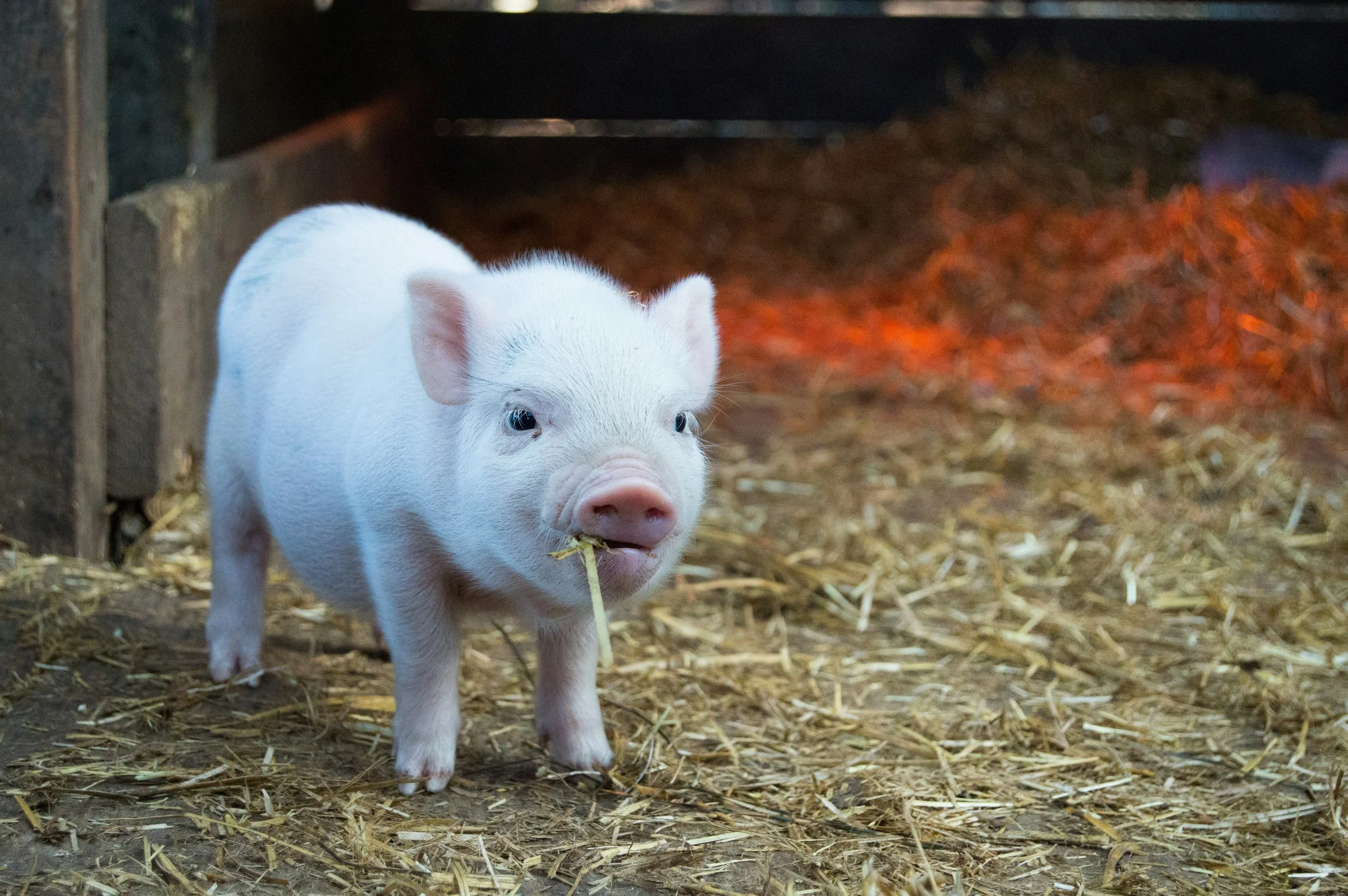 |
| Image Source |
By: Jazmin Smith, Staff Member
I admit it. I am guilty of buying too many bananas on occasion and letting them go to waste, but haven’t we all done it? Americans throw away anywhere from twenty-nine to forty percent of food produced each year,[i] and nine out of ten families are guilty of needlessly throwing away food.[ii] Food makes up the largest percentage of waste in landfills.[iii] It also has the lowest recovery rate of any material, and produces methane, which contributes to greenhouse gas emissions.[iv] While fifty million Americans are food insecure,[v] so much food goes to waste, and confusing date labeling is one of the contributing factors.
It turns out, that expiration and “sell by” dates have very little bearing on food safety. The dates are merely suggestions from manufacturers for when food is at its “peak quality.”[vi] One of the many problems associated with food labeling is the lack of federal standards and the variability of local rules. Moreover, inconsistent policies harm manufacturers and cause waste at the manufacturer/retail level.[vii] Finally, labeling frustrates recovery and redistribution programs, as it makes handling past-dated products difficult and legally complex.[viii]
The Natural Resources Defense Council prescribes several improvements that could be made to the labeling system. First, “sell by” dates are not for consumers, so they shouldn’t be visible to them.[ix] Those dates are for retailers, and they tend to only confuse consumers. The next step is establishing a more clear and uniform system. Using uniform language and a more consistent date selection method for manufacturers could achieve this.[x] Packages should also include more safety information, such as time-temperature indicators.[xi] Products could contain a safety label or a QR code that consumers mat scan if they would like more information.[xii]
Better labeling alone cannot end the food waste problem because consumers tend to have a “better safe than sorry” attitude. This is where food recovery programs come in. Manufacturers and consumers are wary about donating past-dated food because they don’t want to become liable for outbreaks of foodborne illness, but the Bill Emerson Good Samaritan Food Donation Act actually absolves liability of those who donate to nonprofit organizations.[xiii] The Food Recovery Project at the University of Arkansas School of Law brings awareness to the protection of the Bill Emerson Act and encourages food donation/recovery. Several ways to achieve recovery include: turning table scraps into animal feed, composting, mindful grocery shopping, more creative menus (Freeze those brown bananas and make banana bread!), and advanced meal planning.[xiv]
Food waste is an issue that most of us don’t even contemplate when we toss out those eggs that are two weeks past the “expiration” date, but with a little bit of research and planning, it is something that can easily be reduced. Food recovery helps food-insecure families and provides an opportunity to put food waste back into food production through composting. Next time you clean out your pantry, consider whether the product is really expired, and if it is, consider whether there is an alternative way to use it.
_________________
[i] James Haley, The Legal Guide to the Bill Emerson Good Samaritan Food Donation Act, University of Arkansas School of Law (Aug. 8, 2013), http://media.law.uark.edu/arklawnotes/2013/08/08/the-legal-guide-to-the-bill-emerson-good-samaritan-food-donation-act/.
[ii] The Dating Game: How Confusing Food Date Labels Lead to Food Waste in America, National Resources Defense Council (Oct. 22, 2013), http://www.nrdc.org/food/expiration-dates.asp.
[iii] James Haley, The Legal Guide to the Bill Emerson Good Samaritan Food Donation Act, University of Arkansas School of Law (Aug. 8, 2013), http://media.law.uark.edu/arklawnotes/2013/08/08/the-legal-guide-to-the-bill-emerson-good-samaritan-food-donation-act/.
[iv] Id.
[v] Food Recovery: A Legal Guide, University of Arkansas School of Law, http://law.uark.edu/documents/2013/06/Legal-Guide-To-Food-Recovery.pdf.
[vi] The Dating Game: How Confusing Food Date Labels Lead to Food Waste in America, National Resources Defense Council (Oct. 22, 2013), http://www.nrdc.org/food/expiration-dates.asp.
[vii] Id.
[viii] Id.
[ix] Id.
[x] Id.
[xii] Id.
[xiii] James Haley, The Legal Guide to the Bill Emerson Good Samaritan Food Donation Act, University of Arkansas School of Law (Aug. 8, 2013), http://media.law.uark.edu/arklawnotes/2013/08/08/the-legal-guide-to-the-bill-emerson-good-samaritan-food-donation-act/.
[xiv] The Dating Game: How Confusing Food Date Labels Lead to Food Waste in America, National Resources Defense Council (Oct. 22, 2013), http://www.nrdc.org/food/expiration-dates.asp.













